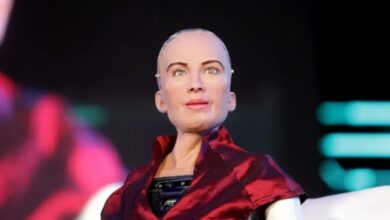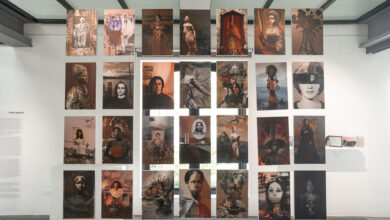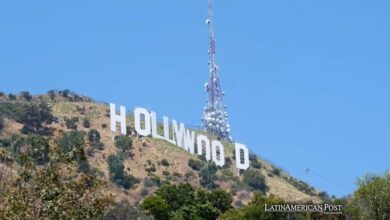Artificial Intelligence: Opportunity or Threat for Entertainment?
Artificial intelligence is gaining ground in the artistic world and although for some it facilitates various tasks, others maintain their reservations about it.

Photo: Freepik
LatinAmerican Post | Julián Gómez
Listen to this article
Leer en español: Inteligencia artificial: ¿oportunidad o amenaza para la industria del entretenimiento?
With the confinement caused by the pandemic, the creative industries looked for alternatives to continue monetizing during this time. This caused the advancement of AI (artificial intelligence), augmented reality and virtual reality tools to be more accelerated and progressive.
Every area of art has been transformed by these innovative technologies. In the literature, it was seen how the ChatGPT platform has been able to create poems on the topics that the user suggests. Dall-E is another AI tool that generates images derived from a description made by the user. So anyone who asks for a giraffe in an astronaut helmet in a football stadium will have several versions of said description.
This tool and others like it have drawn visceral criticism from artists. Beyond the debate on the democratization of art with this application, they point out the gaps that exist with copyright because many images are inspired by their styles.
Both GPTChat and Dall-E are platforms powered by Open AI, a company that fosters AI and is co-led by tech mogul Elon Musk. The founders of other digital platforms such as LinkedIn or PayPal also invest in it.
Artificial Intelligence in Cinema
In addition to formats such as virtual reality, which is already a category at many film festivals, this industry draws on AI from different fields. The use of technology in the seventh art has been more vivid in terms of interpretation, although from the point of view of the plot it has also made some progress.
At the end of last year it was learned that DeepMind created Dramatron, a tool that generates descriptions of characters, locations, and dialogues based on a small idea. This tool has been criticized by scriptwriters, since it adheres to a traditional formula for spinning stories.
Another older tool that is being imposed in the cinema is the “deepfake”. In October of last year it was learned that Bruce Willis, after his retirement, authorized his image to be used with this technique in future films. However, the practice is problematic in legal terms because some people use the faces of others to generate pornographic content, something the UK already criminalizes.
From the interpretive, there is another advance in the dubbing. Actor James Earl Jones, who played Darth Vader in "Star Wars," allowed his voice to be used at the age of 91 to train AI software to clone it. Respeecher is one of the companies that focuses on voice imitation and is widely used for dubbing.
Read also:"M3GAN" Review: The Fear of Technology Is Real
Artificial Intelligence in Music
In the creative industries, there is an aspect that affects its consumption on different platforms: the specialized algorithm. In music streaming, YouTube or Spotify try to study user consumption to recommend more similar content according to the AI software they use.
On the other hand, the Soundcloud application was for many years the refuge of independent artists who promoted the DIY movement (Do it yourself). In order for their songs to have a quality similar to those made in recording studios, they replaced the mastering engineer with Moises. This AI-powered app is capable of removing vocals, separating instruments, and mixing songs.
It was also learned that the South Korean record company HYBE bought SVS (Singing Voice Synthesis) to generate unpublished voices or recreate those of deceased artists. Currently, the melody can be created through AI-Lalelo, another tool capable of making rhythms with a wide range of instruments. Holograms have also been key with live shows, as happened with Tupac at Coachella in 2012 with the presentation of Snoop Dogg and Dr. Dre.
Thanks to current technology it would be possible for ChatGPT to produce the lyrics of a song whose instrumental is made by AI-Lalelo, mastered by Moises, sung with the voice of Tupac with SVS and presented in a concert thanks to holograms.




